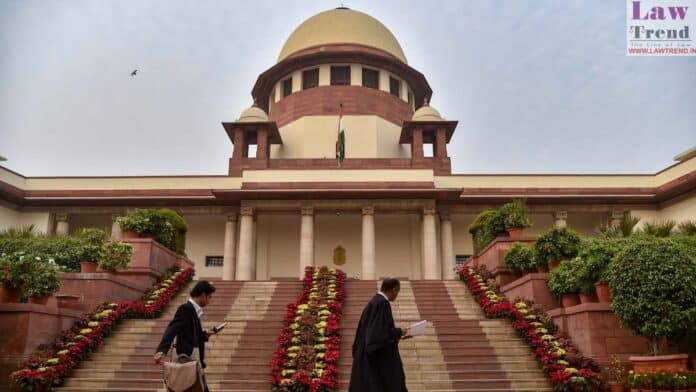The Supreme Court of India has set aside a conviction under Sections 302 and 201 of the Indian Penal Code, ruling that the prosecution’s reliance solely on the “last seen together” theory was insufficient to prove guilt beyond reasonable doubt. The judgment, delivered by Justices Sanjay Karol and Prashant Kumar Mishra, overturned the findings of
To Read More Please Subscribe to VIP Membership for Unlimited Access to All the Articles, Download Available Copies of Judgments/Order, Acess to Central/State Bare Acts, Advertisement Free Content, Access to More than 4000 Legal Drafts( Readymade Editable Formats of Suits, Petitions, Writs, Legal Notices, Divorce Petitions, 138 Notices, Bail Applications etc.) in Hindi and English.




